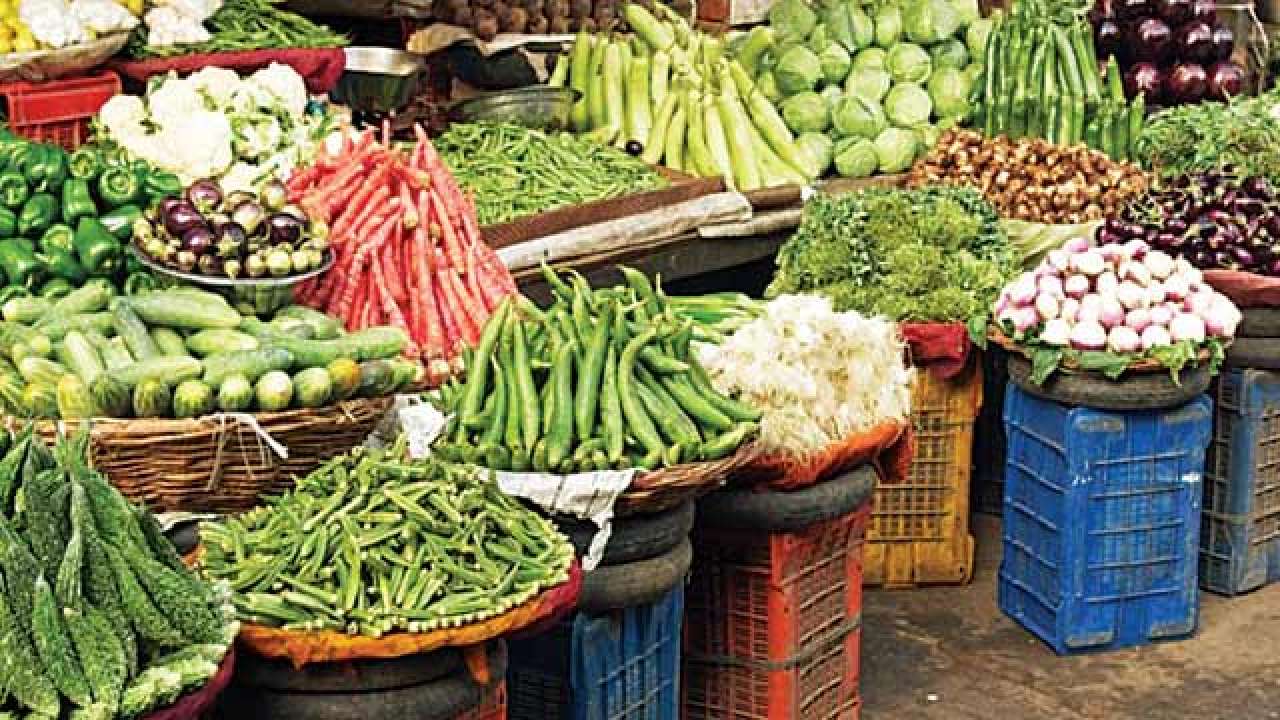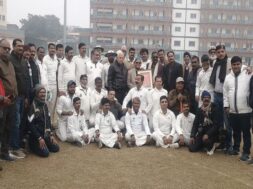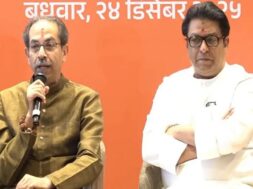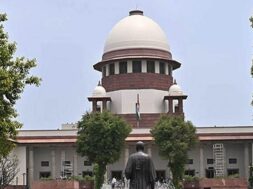
NEW DELHI, Mar 12: The consumer price index, a measure of what households pay for everyday items, accelerated to 5.03% in February on the back of costlier food and sharply higher fuel prices, the highest in three months, data released on Friday by the ministry of statistics and programme implementation showed.
Retail inflation remained above the Reserve Bank of India’s targeted range of 4(+/-2) % for eight months in this fiscal. In January, retail prices had risen 4.06%, a 16-month low.
The CPI for February and March will be the last set of inflation data based on the current target range of 4(+/-2)%, also called the ‘acceptable limit of inflation’. After March 2021, the Reserve Bank and the government are set to announce a new band of desirable inflation range.
Data released by the statistic department also showed that the index of industrial production (IIP), a measure of factory output and key barometer of economic activity, shrunk 1.6% in January after rising 2.1% in December, prompting analysts to say that the uptick in manufacturing is yet to be surefooted after devastating shocks in a pandemic year.
Households paid higher prices in key categories, such as food, fuel, healthcare and transport and communication, Friday’s data showed.
Food prices rebounded 3.87% in February against a 1.96% climb in January. High food costs affect poorer households more than affluent ones. The poor tend to spend a higher proportion of their monthly budgets on food.
Vegetable prices fell 6.27% but this was more than offset by sharply rising prices of pulses (12.54%) and oils and fat (20.78%).
Prices of protein items also rose sharply, as eggs and meat inflation stood at 11.13% and 11.14%.
Fuel and light prices rose at 3.53%. Higher oil prices drove inflation in the “transport and communication” category to 11.36% in February compared to 9.32% in January, while shoppers also had to spend higher for clothing and footwear articles, whose inflation was at 4.21% compared to 3.82% in January, the data showed.
People in urban areas paid more for their daily needs, as urban inflation, at 5.96%, exceeded price growth in rural areas, which stood at 4.19%.
Elevated retail prices not just affect consumers but also shrink the Reserve Bank’s room to lower interest rates to boost growth. The economy grew 0.4% in the December after two straight quarters of recession.
“Inflation has risen across all three categories – food, fuel, and core – in the pandemic year. Uptick in core inflation, an indicator of underlying demand conditions, during an economic slump is, however, surprising,” Some economists said. Core inflation excludes price rise in volatile components such as food and fuel.
(Manas Dasgupta)















